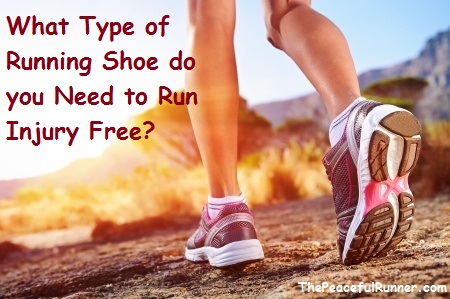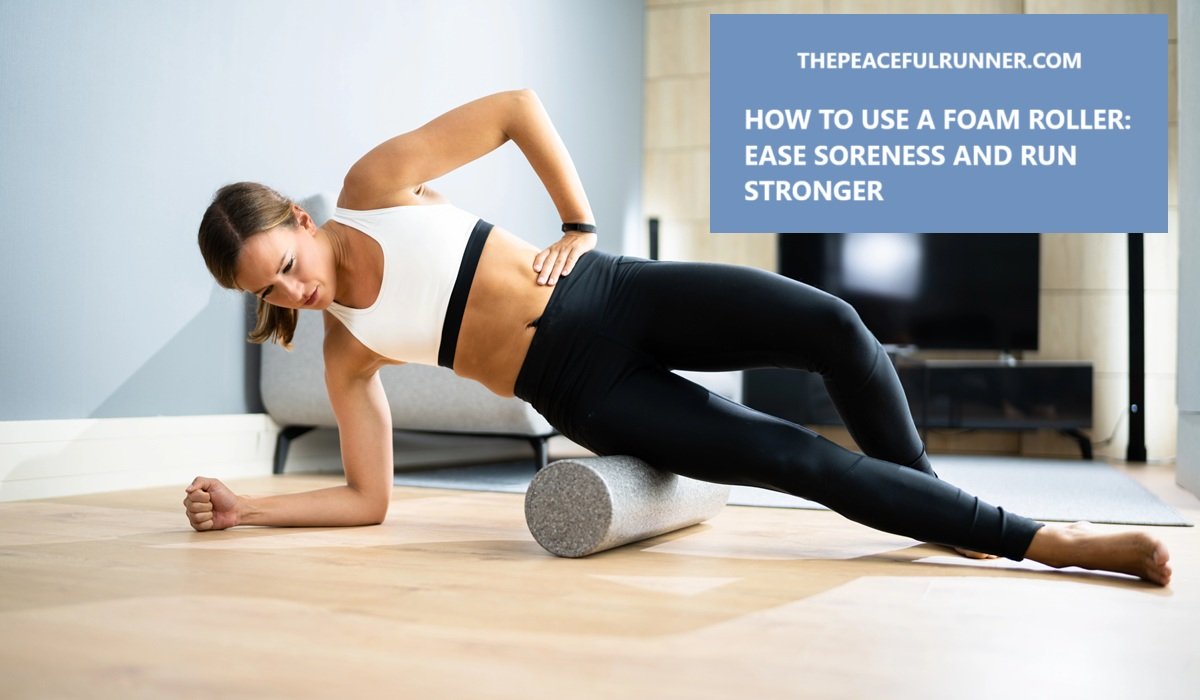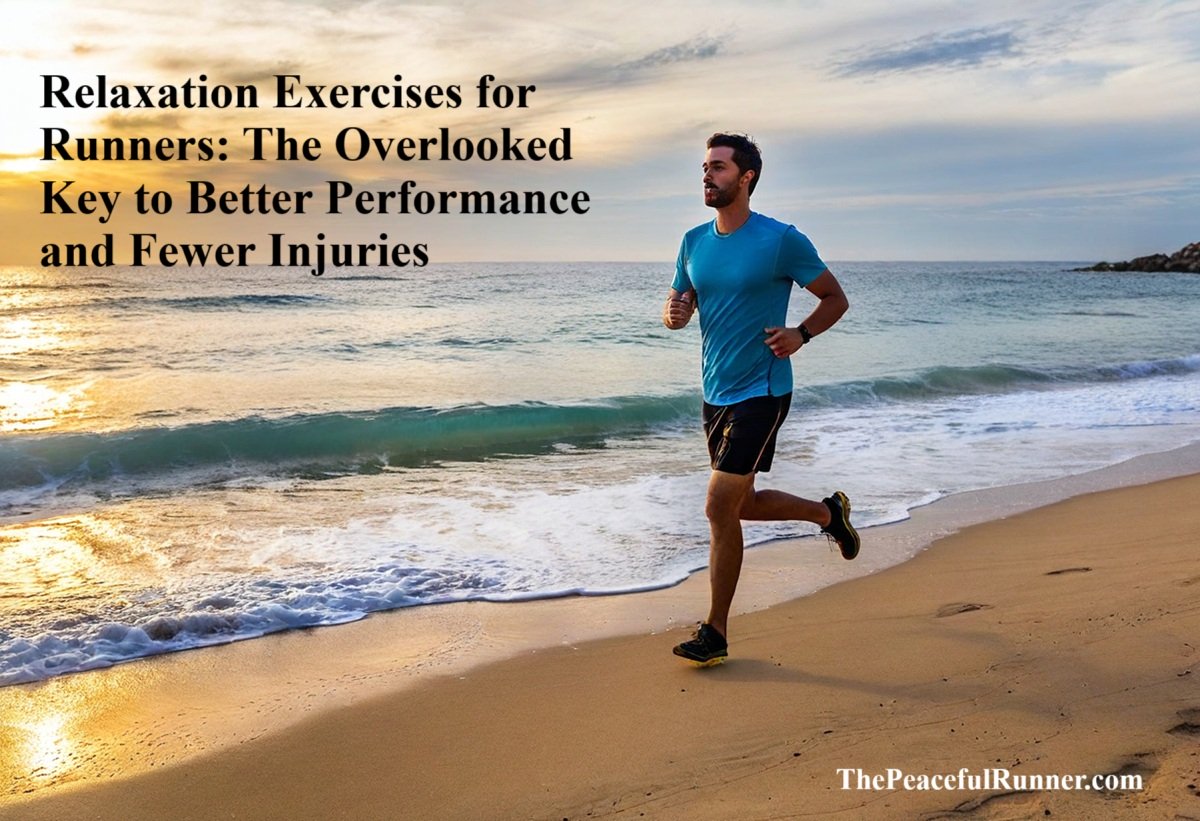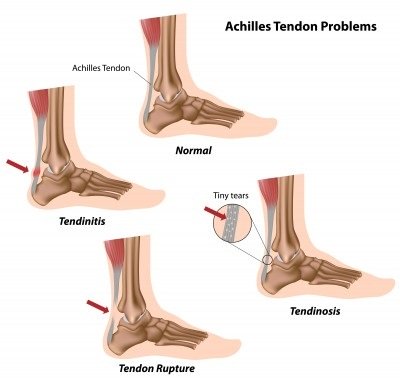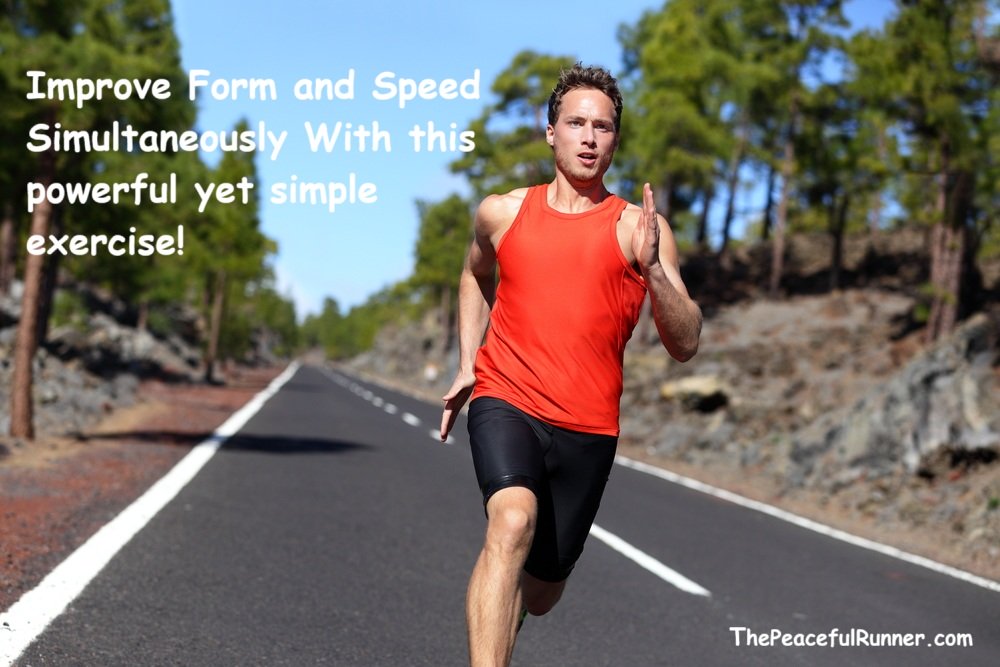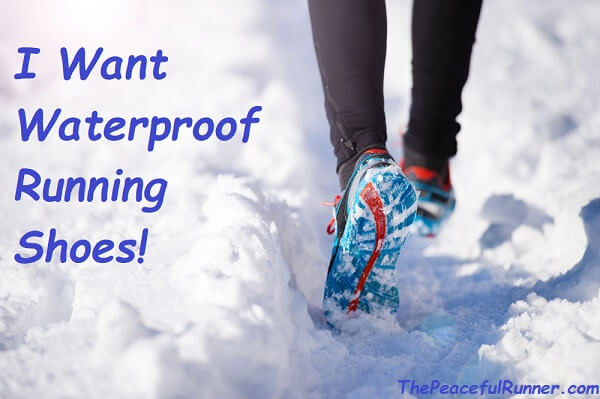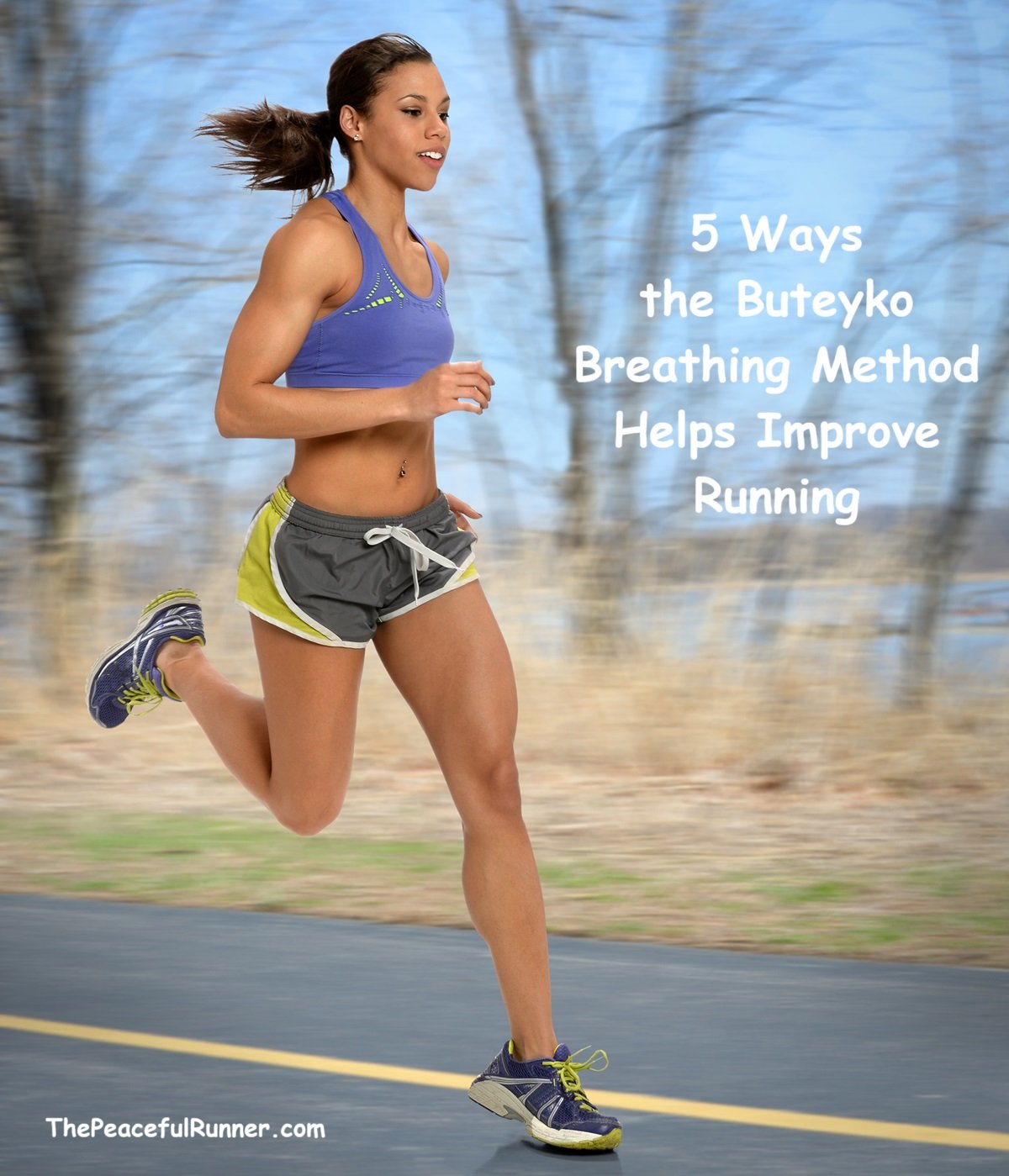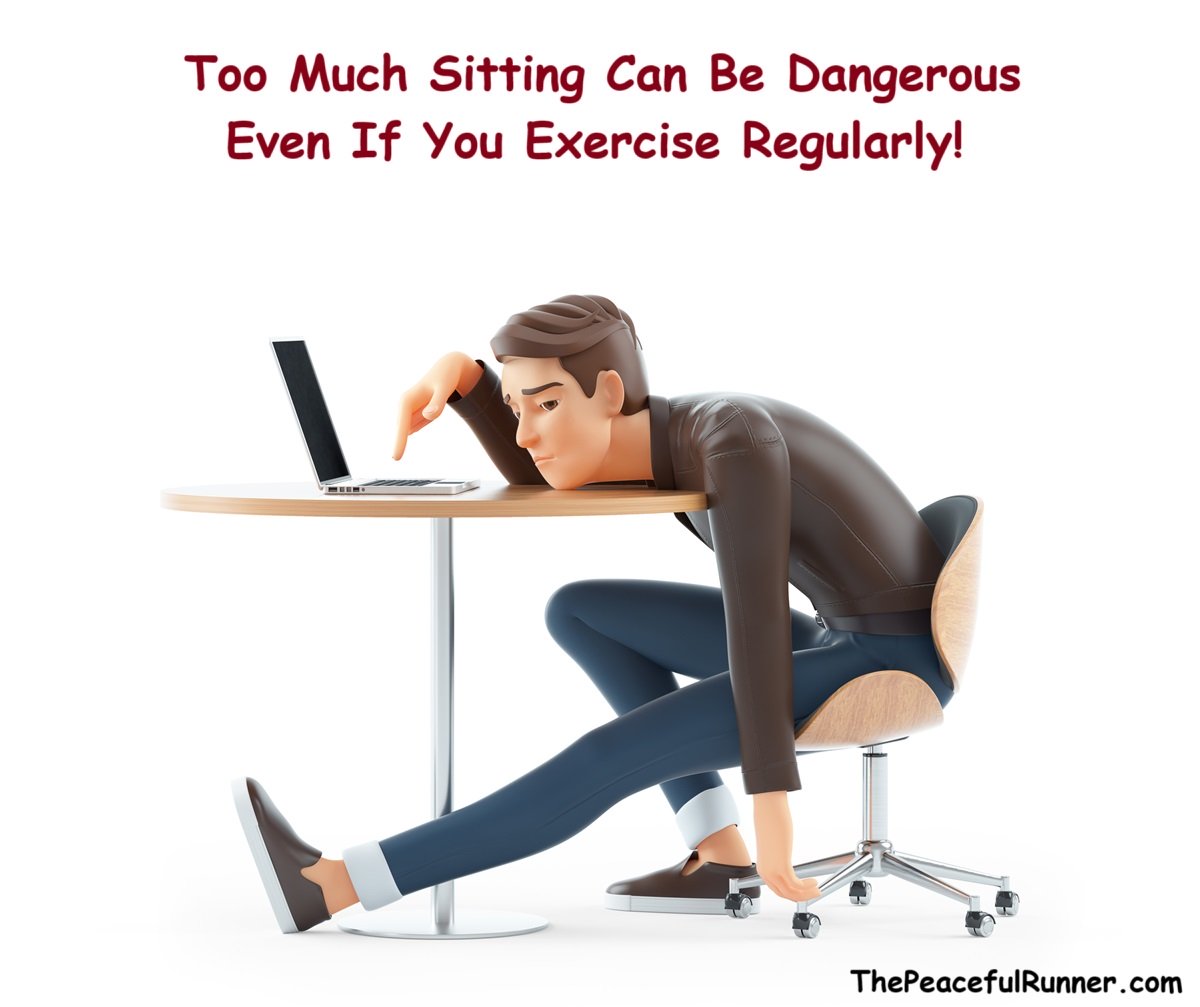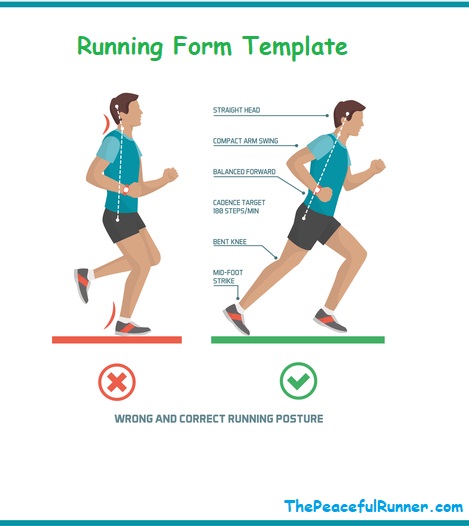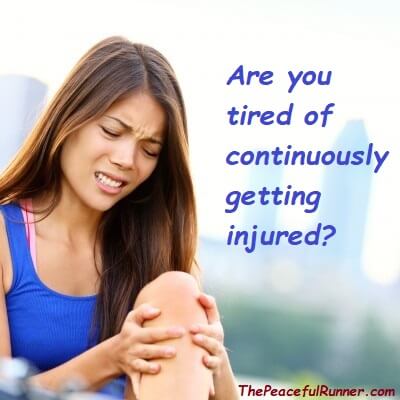- Home
- Prevent Injuries
- Best Running Shoes
Get the Best Running Shoes For Your Feet!
FTC Disclosure: As an Amazon Associate, I earn from qualifying purchases. Learn more
You need to have the best running shoes for your feet. Everyone is different and we require different shoes to run injury free. Running places a tremendous amount of force on your feet -- as much as eight times your own body weight.
Your running shoes are the most important piece of running equipment you will buy so take your time. Learn as much as you can about how you run and how your foot lands.
There are three categories of foot types. Which one are you?
1. The Overpronator
The overpronator has the characteristics of a flat foot -- very little or no arch. When overpronators run, their feet roll inwards excessively and their knees move towards each other. This inefficient movement means that overpronators are more susceptible to runners knee, IT band injuries, plantar fasciitis, and shin splints.
The shoes of overpronators wear more along the heel and inside edge of sole. The midsoles also break down quickly. This is a result of the runner's foot landing on the outside of the heel and then rolling inward excessively.
This video on overpronation will help you decide if you are an overpronator:

Overpronators may possibly benefit from orthotics. However, be careful about making this decision. There are strong arguments over whether or not orthotics are beneficial for runners. This article discusses recent studies and their conclusions: Are Custom Orthotics Worth the Cost?
Motion Control Running Shoes
The best running shoes for the overpronator are Motion Control Running Shoes with a firm midsole to improve efficiency and reduce the risk of injuries. These running shoes support runners who overpronate.
Motion control shoes for runners are designed to control and limit the roll of the foot. They provide a firm, rigid midsole, an inside or medial post and maximum rear foot stability to meet the needs of the overpronator.
2. The Underpronator or Supinator
The underpronator has high arches that are sometimes very rigid. Their feet roll outwards when running and the knees may stay neutral or also move outwards. This movement provides for little shock absorption and causes underpronators to be more susceptible to ankle sprains, stress fractures, pain on outside of knee or shin, heel spurs, and plantar fasciitis.
The shoes of underpronators wear more along the outside edges of the sole. This is a result of the runner's foot landing on the heel first and then rolling out. There is no pronation to absorb the shock of impact. This running gait puts a lot of pressure on the lower legs.
This video on underpronation will will help you decide if you are an underpronator:

Cushioning (Neutral) Running Shoes
The best running shoes for the underpronator are Cushioning Running Shoes (also known as neutral running shoes) with a flexible forefoot and a soft midsole to provide the extra cushioning needed. These running shoes support runners who underpronate.
Cushioning shoes for runners are designed to support the needs of the underpronator. They provide cushioning and a flexible forefoot.
3. The Normal Pronator
The normal pronator is the least susceptible to injuries. The arch is a normal size and semi-flexible. The foot efficiently absorbs the running impact by first landing on the outside of the heel, pronates slightly to absorb the shock and then transfers the weight to the forefoot. This pronation is normal and the foot moves only slightly inwards.
The running shoes of normal pronators usually wear evenly along the heel and ball of foot. Check the bottom of an old pair of running shoes to confirm that they are wearing evenly in these areas. Neutral pronators usually have an efficient stride with little wasted motion, but can often benefit from the moderate pronation control and cushioning provided in stability shoes.
The following video on normal pronation can help you determine if you are a normal pronator:

Stability Running Shoes
The best running shoes for a normal pronator are Stability Support Running Shoes. Normal pronators can safely choose from a wider variety of running shoes as long as the shoe doesn't include a lot of cushioning or have motion control.
Stability shoes for runners are designed with medial support and cushioning for normal pronators. They provide durability with a two-density midsole.
What is Your Foot Type?
If you are still not sure what your foot type is, try the following tests on your feet:
- Check your footprint in the sand or wet your feet and make an imprint on a piece of paper. The imprint of your foot will help you determine if you have a high arch, no arch or are somewhere in between.
- Your worn running shoes can provide clues as to your foot type. Look at the sole of your shoes and check where it is most worn and you will know how your foot lands. The more you learn about your feet, the better you will become at making the choice for the best running shoes for your feet.
Buying your Best Running Shoes
When buying running shoes, it is strongly recommended to purchase shoes that are one half size larger than your regular size. Feet usually swell during running so you will need the extra space. Wearing shoes that are not big enough to accommodate swelling of the feet will often result in black toenails from running.
Width is also an important factor to consider as some running shoes are designed specifically for a particular foot width. You want a snug fit but not too tight.
Running shoes should be replaced after 500 miles or 800 kilometers but could be more or less depending on how your shoe wears. If your shoes wear evenly you may be able to get up to 1000 kilometers before replacing them.
A neutral runner can usually get more mileage from a pair of shoes than an overpronator or an underpronator, but let your feet be your guide. When your shoes are no longer providing you with the control, cushioning or stability you need, it is time for a new pair.
If keeping your feet warm and dry is important to you, waterproof running shoes may be what you need especially during the colder months.
If you prefer to try a more natural way of running, check out barefoot running shoes.
What are your favorite running shoes?
We would love to hear about your favorite running shoes. Tell us why you love them so much and feel free to include a picture of your shoes--especially the ones that are well used! A well-worn pair of runners can tell great stories!
Please share your preference with your fellow runners! They just might decide to try your favorite. It's easy to share - just enter the name of your shoes to begin....
Read Other Runners Preferences!
Click below to see entries from other runners...
Luna Sandals--Oso.
I've worn Luna sandals for about six years now and love them. The sandals are excellent for protecting the soles of my feet and quite sturdy in staying …
Tesla Baretrek
Minimalist shoes at a reasonable price.
ASICS Nimbus
Hi, Dave. I've used the ASICS Nimbus running shoes and they are okay for longer than 15K distances. Sounds to me like your problem is running form and …
Avia 5643
Was going broke buying running shoes - saw these on sale for $20, grabbed them. Can't tell the difference between these and shoes that were upwards of …
Asics Gel Nimbus
Hi All,
I am reasonably new to running and foot problems (under pronation) have held me up in the past. I have had a full foot orthotic for a few years …
Mizuno Wave Inspire
Mizuno Wave Inspire are my favorite running shoes. I have a narrow foot and I need a little stability so these are perfect for me.
Back to Top of Best Running Shoes
- Home
- Prevent Injuries
- Best Running Shoes
FTC Disclosure: As an Amazon Associate, I earn from qualifying purchases. Learn more
NEW FEATURE - DISQUS COMMENTS!
Login using Facebook, Twitter, Google or Disqus.
Recent Articles
-
Give Yourself a Self-Myofascial Release at Home with a Foam Roller!
Jun 28, 25 07:19 AM
-
The Overlooked Key to Better Performance and Fewer Injuries
Jun 13, 25 01:13 PM
-
5 Ways to Speed Injury Recovery!
May 02, 25 01:30 PM
-
Want to Run Stronger and Feel Better Doing It?
Apr 19, 25 10:14 AM
-
Do You or Someone you Know Suffer from Achilles Tendonitis?
Mar 28, 25 03:14 PM
-
Every runner needs to master this essential drill!
Mar 17, 25 01:55 PM
-
Are you ready for waterproof running shoes?
Feb 26, 25 12:30 PM
-
The Buteyko Breathing Method Can Improve Our Running Performance and Our Health!
Feb 14, 25 11:54 AM
-
Make 2025 the Year you Break Free from Injuries for Good!
Jan 07, 25 08:20 AM
-
Even runners are not immune to the dangers of sitting too long during the day!
Jan 03, 25 11:46 AM

